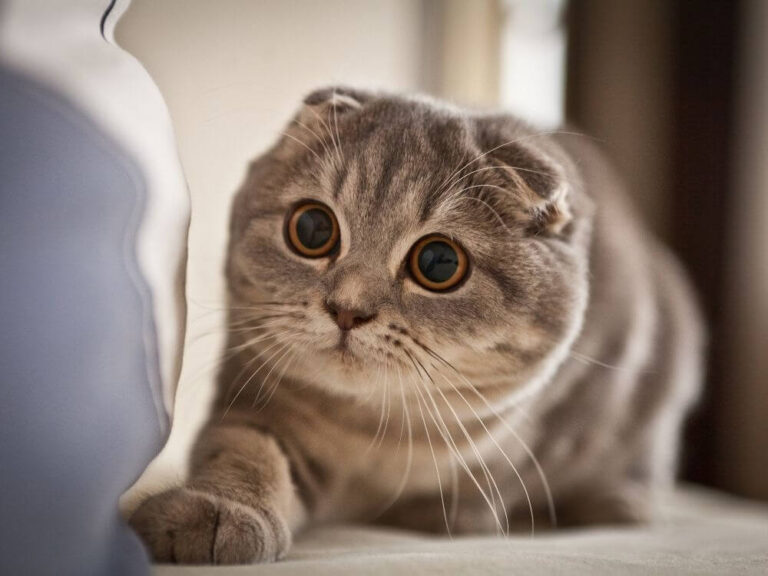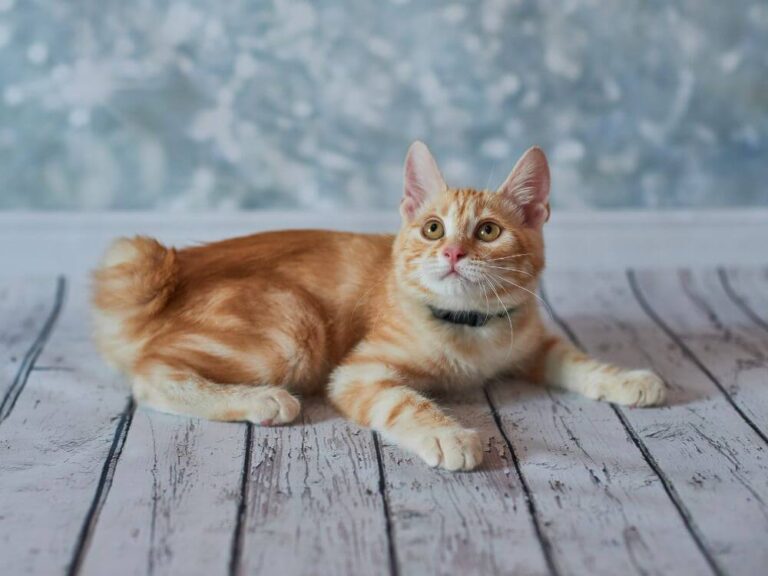Persian Cats: A Royal Breed of Feline Elegance

Persian cats are known for their striking beauty, luxurious coats, and calm, gentle demeanor. With their distinct flat faces, large round eyes, and full, flowing fur, they have become one of the most popular and recognizable cat breeds in the world. In this in-depth article, we will explore the history, physical characteristics, temperament, grooming needs, and health considerations of Persian cats. Understanding these aspects will give you a deeper appreciation of this regal breed and help you better care for them.
The History of Persian Cats
Persian cats have a long and illustrious history that dates back centuries. They are believed to have originated in Persia (modern-day Iran), where they were prized for their beauty and elegance. In the 1600s, these stunning cats were introduced to Europe, where they quickly became a favorite among the aristocracy and the elite. Their long, flowing coats and exotic appearance made them a symbol of luxury and refinement.
By the 19th century, Persian cats had become a staple at cat shows in Europe, and breeders began refining the breed’s appearance. Over time, breeders focused on enhancing their distinctive facial features, resulting in the flat-faced look that Persian cats are known for today. Despite changes in their appearance over the years, Persian cats have retained their reputation as one of the most beloved and sought-after cat breeds.
Physical Characteristics: The Epitome of Feline Beauty
The Persian cat’s physical appearance is what makes it stand out from other breeds. Their large, rounded heads, flat noses, and wide-set eyes give them a unique and instantly recognizable look. Their bodies are medium to large in size, with a stocky, muscular build that adds to their majestic presence.
The Signature Coat of Persian Cats
The most defining feature of Persian cats is their long, luxurious coat. The fur is thick, soft, and voluminous, often flowing gracefully as they move. Persian cats come in a wide variety of colors and patterns, including solid, tabby, tortoiseshell, and bicolor. Common colors include white, black, blue, cream, and red. Each Persian cat’s coat is unique, adding to their individual charm.
The Flat Face and Round Eyes
One of the most iconic features of Persian cats is their flat, or “brachycephalic,” face. This facial structure gives them a distinctive appearance, with a short nose and round, wide-set eyes that give them a sweet, innocent expression. Persian cats’ eyes are large and expressive, and they can come in various colors, including blue, copper, green, and even odd-eyed (where each eye is a different color).
The Sturdy Build
While Persian cats are known for their beauty, they are also sturdy and robust. Their bodies are compact and muscular, with short legs and a broad chest. Despite their heavy appearance, Persian cats move with grace and elegance. Their tails are short and bushy, often carried low, adding to their overall balance and poise.
Temperament: The Calm and Gentle Companion
Persian cats are known for their calm and docile temperament. They are affectionate, loving companions who enjoy being around their human families. However, they are not overly demanding of attention and are content to spend time lounging in a comfortable spot, watching the world go by.
A Laid-Back Attitude
Persian cats have a laid-back attitude and prefer a quiet, peaceful environment. They are not as active or playful as some other breeds, making them perfect for individuals or families who prefer a more relaxed pet. Persian cats enjoy gentle play but are just as happy to spend hours napping or sitting in their favorite spot.
Affectionate but Independent
While Persian cats are affectionate, they are also independent. They enjoy being petted and cuddled but do not require constant attention. They are happy to spend time on their own, making them suitable for households where people may be out during the day. Persian cats form strong bonds with their human companions and can be very loyal, often following their favorite person from room to room.
Not Vocal but Expressive
Unlike some other breeds, Persian cats are not particularly vocal. They communicate more through body language and their expressive eyes than through meows. When they do vocalize, their meows are soft and gentle, matching their calm demeanor.
Grooming Needs: Caring for the Luxurious Persian Coat
One of the most important aspects of caring for a Persian cat is grooming. Their long, dense coat requires regular maintenance to keep it looking its best and to prevent matting and tangling.
Daily Brushing
Due to the thickness of their fur, Persian cats need daily brushing to prevent their coat from becoming tangled or matted. Using a wide-toothed comb or a slicker brush will help remove loose fur and keep their coat smooth and shiny. Regular brushing also reduces shedding and minimizes the risk of hairballs, which Persian cats can be prone to due to their long fur.
Bathing and Coat Care
In addition to regular brushing, Persian cats benefit from occasional baths to keep their coat clean and free of excess oils. Use a cat-specific shampoo that is gentle on their skin. After bathing, it’s essential to dry their fur thoroughly, as their dense coat can take longer to dry than short-haired cats.
Eye and Facial Care
Because of their flat faces, Persian cats are prone to tear staining around their eyes. It’s important to gently clean the area around their eyes with a damp cloth daily to prevent staining and infection. Regular facial cleaning is also necessary to keep their face free of dirt and debris.
Claw Care and Dental Hygiene
Like all cats, Persian cats need regular nail trimming to prevent their claws from becoming too long. Provide scratching posts to help them maintain their claws naturally. Additionally, regular dental care is crucial to prevent periodontal disease, which Persian cats can be prone to. Brushing their teeth or providing dental treats can help maintain their oral health.
Health Considerations: Ensuring a Happy, Healthy Life
While Persian cats are generally healthy, they can be prone to certain health issues due to their brachycephalic facial structure. Being aware of these potential problems and providing regular veterinary care can help ensure your Persian cat lives a long and healthy life.
Brachycephalic Airway Syndrome
Due to their flat faces, Persian cats can experience breathing difficulties, a condition known as brachycephalic airway syndrome. This condition can cause snoring, noisy breathing, or even respiratory distress in severe cases. If your Persian cat shows signs of breathing problems, it’s important to consult a veterinarian for advice.
Polycystic Kidney Disease (PKD)
Persian cats can be prone to polycystic kidney disease (PKD), a genetic condition that causes cysts to form in the kidneys, leading to kidney dysfunction over time. Regular vet check-ups and screenings can help detect this condition early, and treatment can help manage its progression.
Obesity
Due to their laid-back nature, Persian cats can be prone to obesity if they are not given enough physical activity or are overfed. Monitoring their diet and ensuring they get regular exercise, even if it’s in the form of gentle play, can help keep them at a healthy weight.
Regular Veterinary Care
Regular veterinary care is essential to maintaining your Persian cat’s health. Ensure they receive vaccinations, flea and parasite control, and dental care as recommended by your veterinarian. Spaying or neutering your Persian cat is also important for their long-term health.
Persian Cats as Family Pets: Creating a Loving Home
Persian cats make excellent pets for individuals and families alike. Their calm, affectionate nature makes them well-suited to a variety of households, whether you live alone or with children and other pets.
A Peaceful Environment
Persian cats thrive in peaceful, quiet environments. They are not as active as some other breeds, so they appreciate a home where they can relax and feel safe. Creating cozy spaces with soft bedding and plenty of places to perch and observe will make your Persian cat feel comfortable.
Bonding Through Grooming
Grooming your Persian cat is not only necessary for their health but also a great way to bond with them. Regular brushing and cleaning sessions provide an opportunity for you to connect with your cat and make them feel loved and cared for.
Gentle Play and Interaction
While Persian cats may not be as energetic as some breeds, they still enjoy gentle play and interaction. Toys that encourage slow, thoughtful play, such as feather wands or puzzle feeders, are great for stimulating their minds and bodies. Spending time interacting with your Persian cat each day helps keep them mentally and physically healthy.
Conclusion: The Majestic and Loving Persian Cat
Persian cats are a breed that embodies beauty, grace, and tranquility. Their luxurious coats, calm personalities, and affectionate nature make them one of the most beloved cat breeds in the world. While they do require regular grooming and care, the rewards of owning a Persian cat far outweigh the effort.
Whether you’re looking for a loyal companion or a regal feline to grace your home, the Persian cat is a wonderful choice. Their gentle presence and loving nature will bring warmth and joy to your life.






